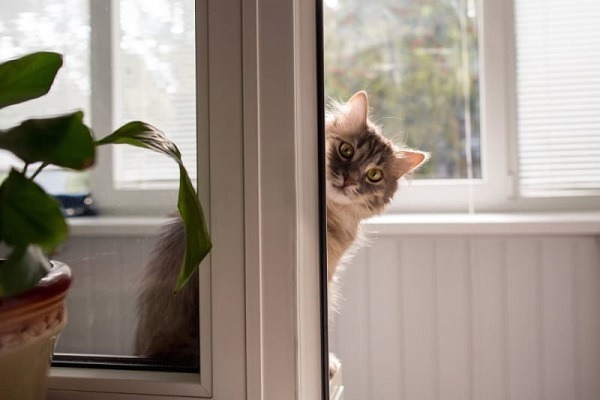
The Training Process for Overnight Pet Sitting: How We Ensure Quality Services
Leave your thoughtsTraining is an essential part of becoming a professional animal or pet caregiver. There is a multitude of training aspects specifically associated with overnight pet sitting. Read on to learn more about how we ensure the quality of our services through training.
6 Ways in Overnight Pet Sitting are Trained
Pet sitters may seem to have an easy job, where they have to look after pets while their owners are away. Overnight pet sitters might seemingly have to look after them overnight by staying at the owner’s residence or checking in regularly throughout the night. However, the job is more strenuous and complicated than you think and requires extensive training in special needs, anatomy, animal behavior psychology, and much more. Here is a brief insight into what goes into overnight pet sitting services.
Orientation
Pet care organizations ensure that their employees receive extensive training sessions, which begin with an orientation session. During this session, individuals who are capable of delivering top-notch animal care in overnight pet sitting services are usually identified. Their talent, background knowledge, and skills are nurtured, and they are provided with important insights into the significance of their job.
As part of scoping out their responsibilities, the orientation covers an overview of house-sitting protocols, security measures, and potential challenges they might face during overnight stays.
Pet Care Training
Training covers diverse types of pets, breeds, and their specific needs. Whether it’s a high-energy dog, a finicky cat, or a small rodent, overnight pet sitters are equipped to handle each pet’s unique characteristics and requirements. Pet sitters, especially those training for overnight pet sitting, undergo thorough instruction on recognizing signs of illness, administering medications, and addressing different pets’ specific dietary and exercise needs.
The Benefits
This training promotes the overall well-being of the pets under their care. It instills confidence in pet sitters, allowing them to provide a high standard of service to pet owners who entrust them with the welfare of their beloved animals.
Client Communication
Client communication is a vital component of the training regimen for overnight pet sitting, emphasizing the importance of establishing and maintaining effective interactions with pet owners. This training goes beyond the basic caregiving tasks and instills in pet sitters the skills needed to build positive relationships with clients.

The Objectives
Clear and regular communication is key, and pet sitters are trained to provide detailed updates on the well-being of the pets, including their activities, meals, and any notable behaviors. Understanding and adapting to each client’s specific preferences and routines is a focal point, ensuring that the pet-sitting experience aligns seamlessly with the pet owner’s expectations. The training encompasses conflict resolution strategies and preparing pet sitters to handle unexpected challenges or concerns.
Technology Training
Technology training for overnight pet sitting is an essential component of their preparation, reflecting the integration of modern tools into pet care services. Sitters are educated on various technological solutions that enhance their ability to monitor and communicate effectively. This can include instruction on setting up and managing security cameras to provide real-time insights into the pet’s activities.
A Result-Oriented Approach
Mobile apps and communication platforms are also covered, enabling pet sitters to update clients on their pet’s well-being through instant messages, photos, or video calls. The training ensures that pet sitters can proficiently leverage these technologies to bridge the physical gap between them and the pet owner.
Shadowing and Mentorship
New sitters often undergo a period of shadowing, working alongside experienced professionals who provide firsthand exposure to the intricacies of the job. This hands-on experience allows them to observe and learn how to navigate various situations, from handling different types of pets to managing unexpected challenges.
Continuous Education
Beyond the initial training phase, sitters engage in ongoing learning opportunities to stay abreast of industry developments, best practices, and newer trends. This could involve attending workshops and seminars or obtaining certifications in specialized areas of pet care. Continuous education ensures that overnight pet sitting remains adaptable and responsive to evolving pet care standards, first aid practices, and advancements in animal behavior science.
Hiring Process
The hiring process for overnight pet sitters is strict. Only those who pass this criterion are considered for training. That includes:
Background Checks
Potential pet sitters undergo a complete examination of their background, including criminal history, to ensure they meet the ethical standards required for the job. This step guarantees the pets’ and clients’ safety and security.
Trial Period or Probation
Following the background check, candidates may enter a trial period or probationary phase. During this time, their practical skills and compatibility with the demands of overnight pet sitting are assessed.
Endnote

Here at Unique Pet Sitters, we train our overnight pet sitting services with uncompromising criteria to ensure you receive the best services. To learn more about what we offer, contact us and visit our website today!
